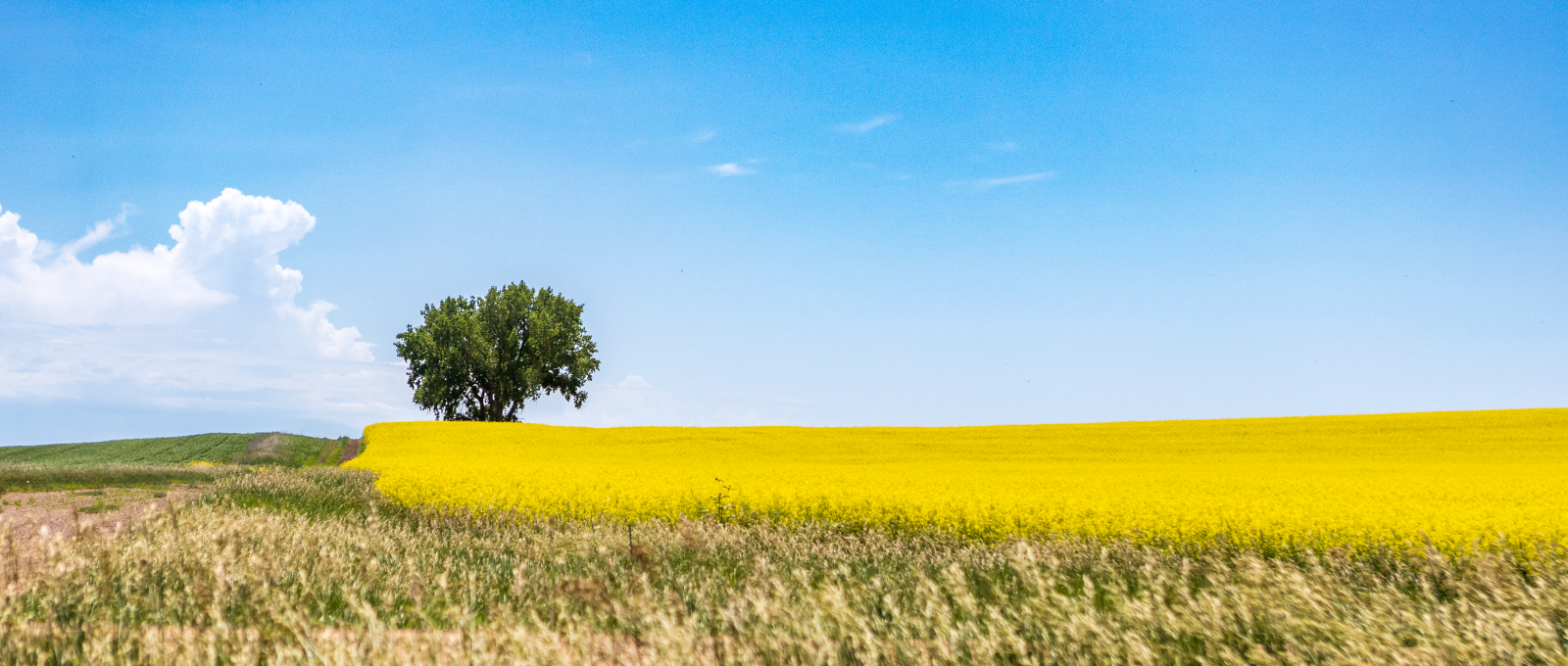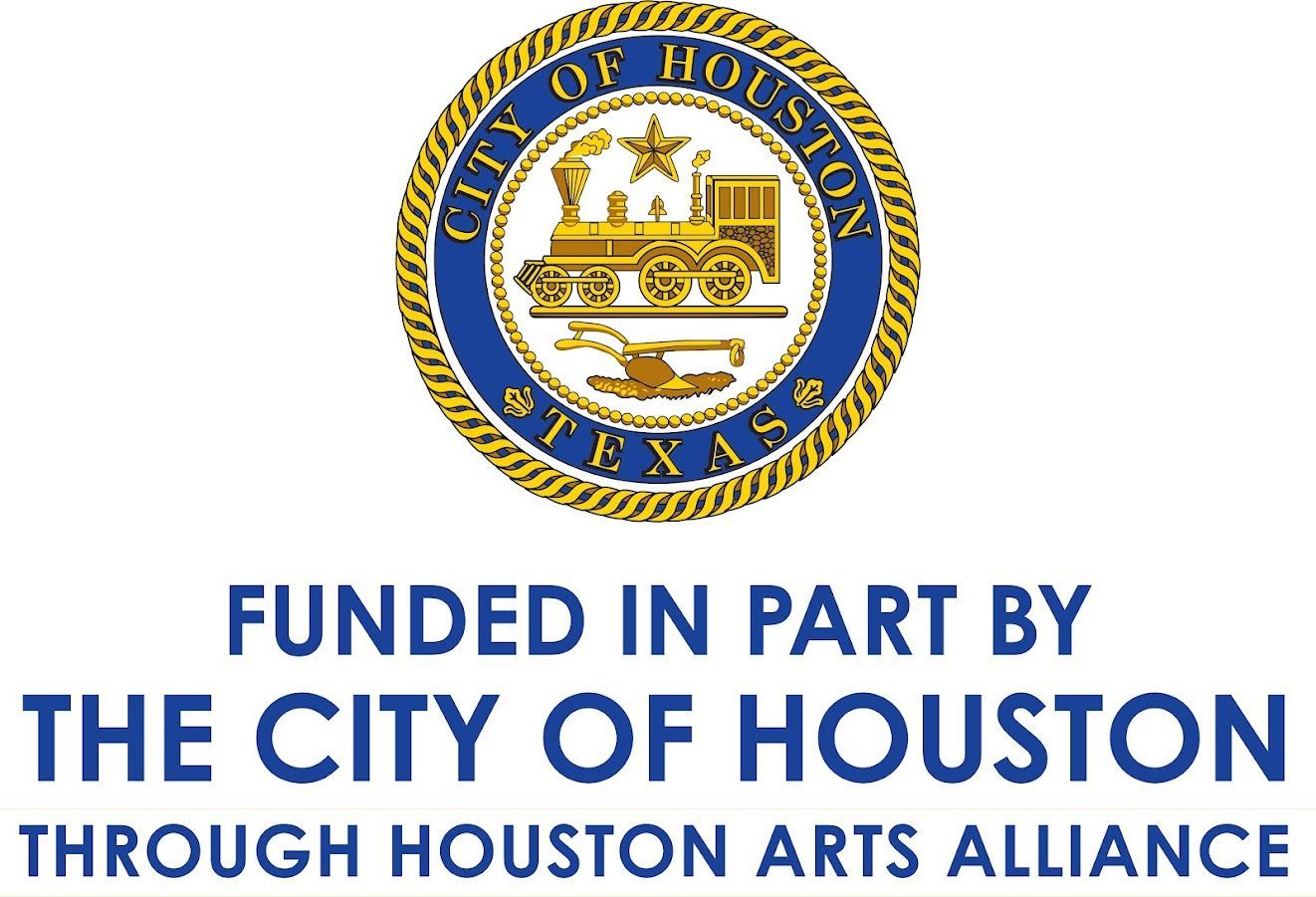Farewell to a Friend
Barbara Cowan never minced words, and she loved ferociously. I write this sitting twenty feet from the office where she practiced psychotherapy for decades, a time that overlapped with my early years as an employee here. We received word last week that she had died, and many of us are deeply affected by the news. Barbara taught classes here for many years, and she served on the Sage Council and the Curriculum Committee. The subject she returned to again and again was anger: how we need it, how we can be consumed by it, how, held and expressed cleanly, it can be transformative. Not long after she moved to The Forum, the senior living community where she spent her final years, I visited her a handful of times, and found her undiminished, if struggling with the early stages of memory loss that deepened through the end of her life. She was the most gracious host: warm, curious about my life and work, insightful and engaged in the ongoing revelation that was her life. She remained a generative force, a devoted grandmother of choice to those whose families of origin failed them. She was a gifted clinician and a clear-eyed realist who sought the mutual healing that comes from true intimacy. We would not be the place we are without her. And we will miss her.
The photo above was taken by longtime Jung Center community member Bob Levy ( https://www.boblevy.org/ ).
The post Farewell to a Friend appeared first on The Jung Center of Houston, Texas.






